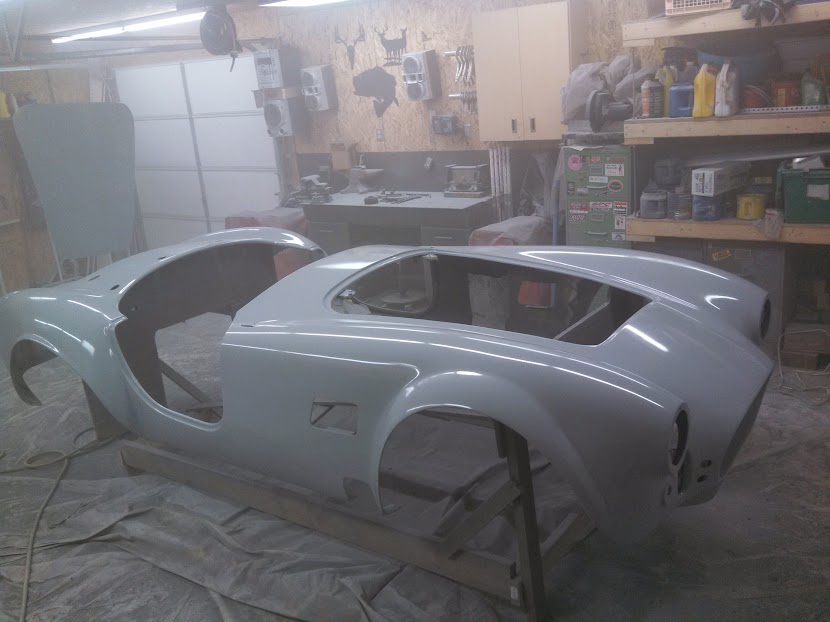C
Charlie D
Gentlemen,
Would the excellent comments and recommendations in this thread apply to a SS acrylic urethane? I know that 99% of the posts on the SPI forum apply to BC/CC but I have decided to use a SS acrylic urethane for my top coat on the ’55 Studebaker. The tech sheet recommends P320 and my vo tech instructor recommends P400. The P400 is in line with what most of you have recommended for solid color base coats. My plan is to use the reduced SPI epoxy primer as a seal coat. I am hoping it can be applied also as a first coat under the SS similar to base coat.
Charlie D.
Would the excellent comments and recommendations in this thread apply to a SS acrylic urethane? I know that 99% of the posts on the SPI forum apply to BC/CC but I have decided to use a SS acrylic urethane for my top coat on the ’55 Studebaker. The tech sheet recommends P320 and my vo tech instructor recommends P400. The P400 is in line with what most of you have recommended for solid color base coats. My plan is to use the reduced SPI epoxy primer as a seal coat. I am hoping it can be applied also as a first coat under the SS similar to base coat.
Charlie D.

